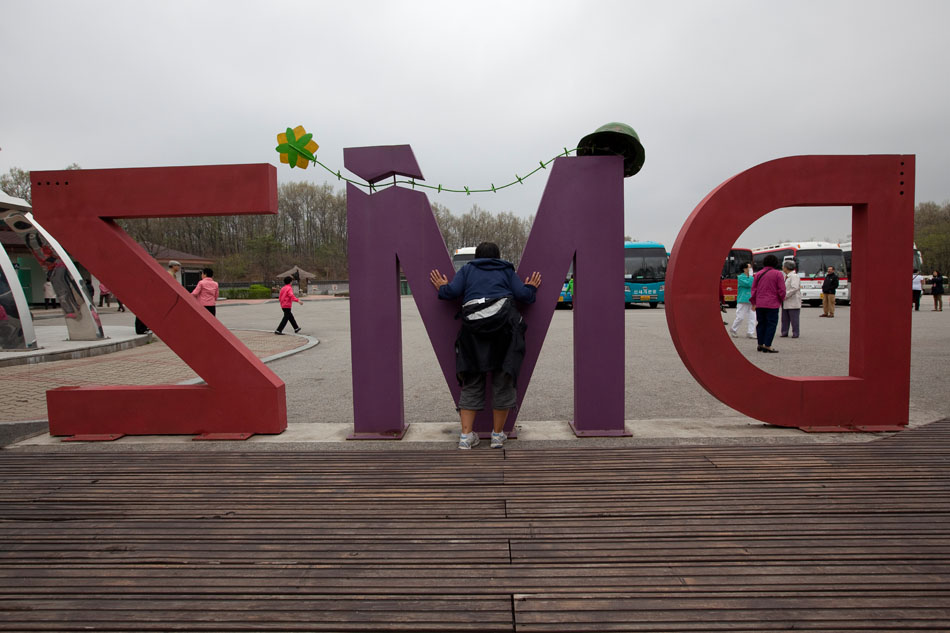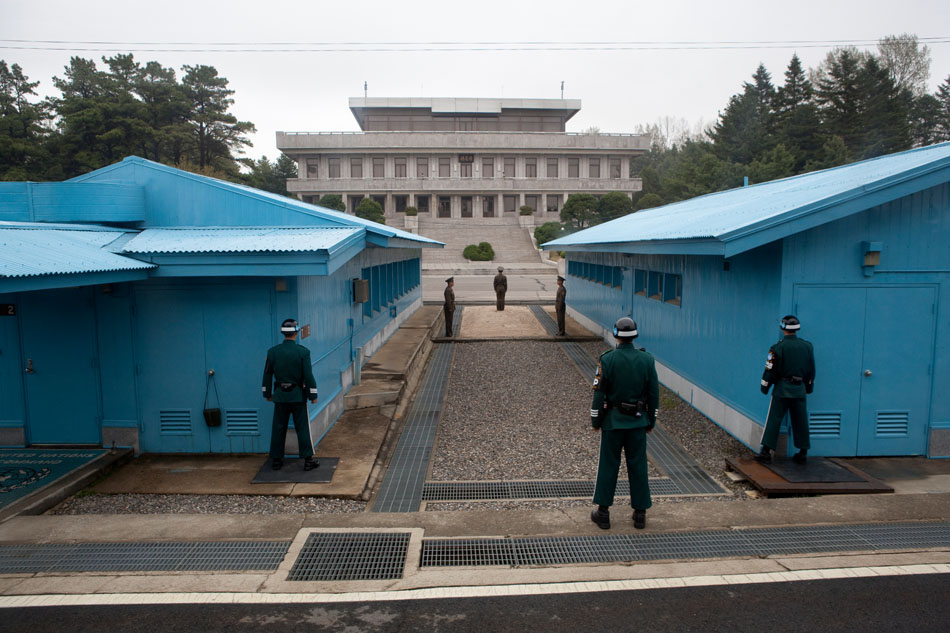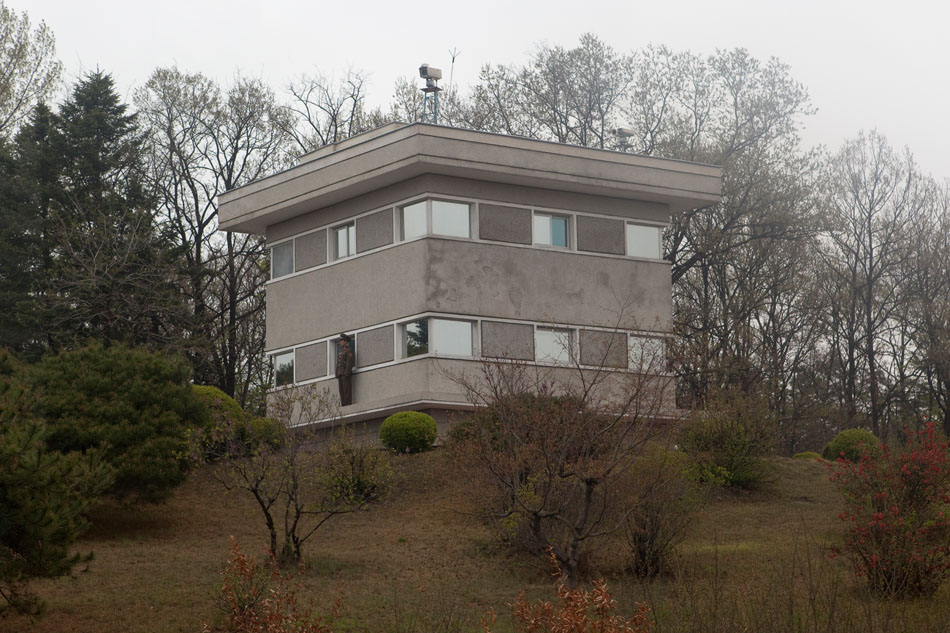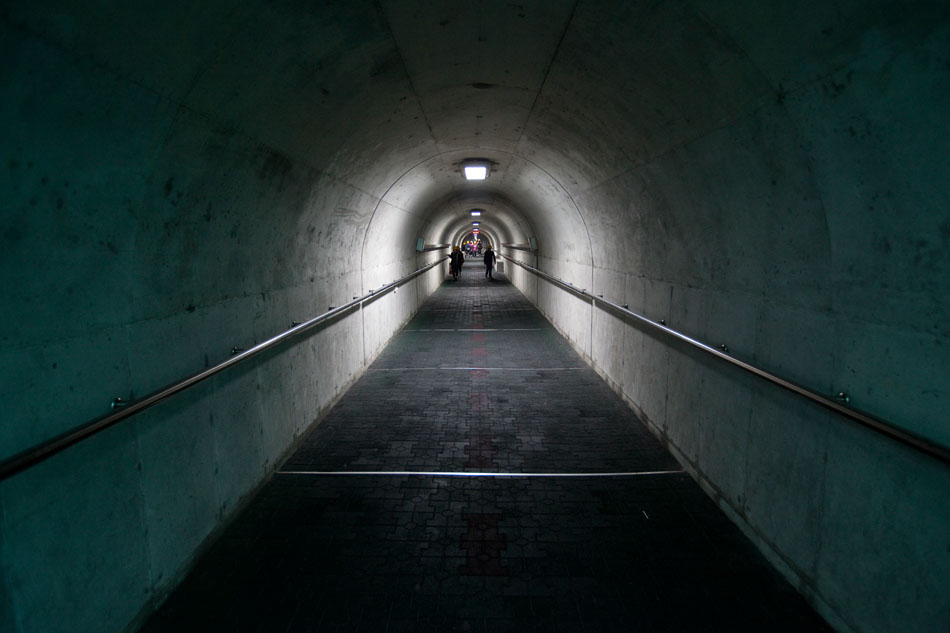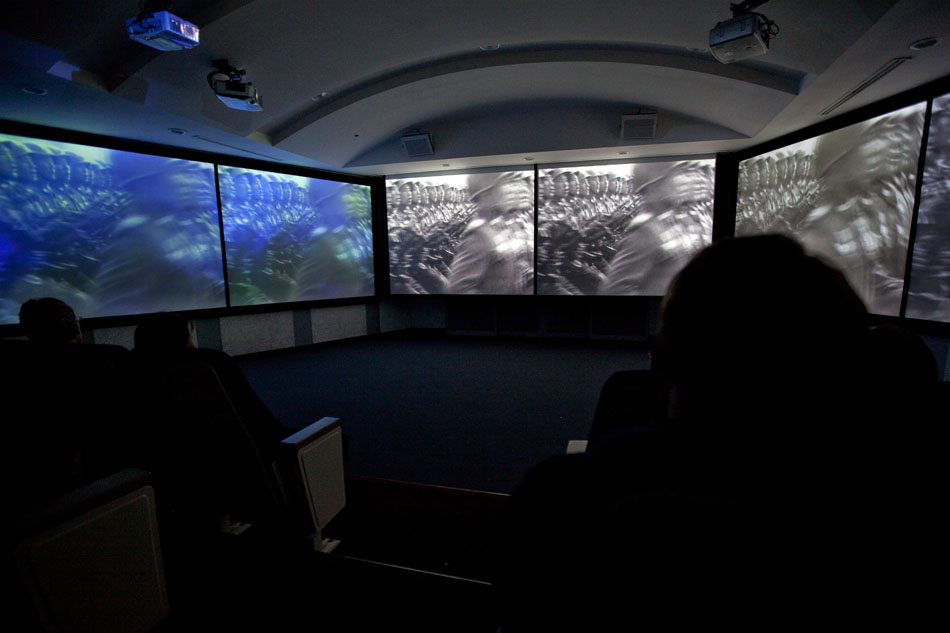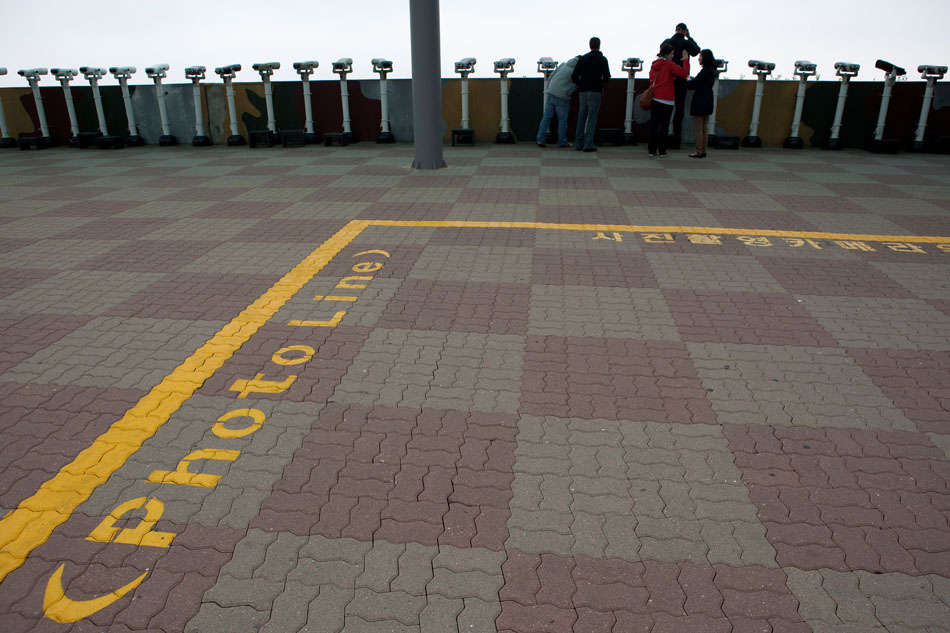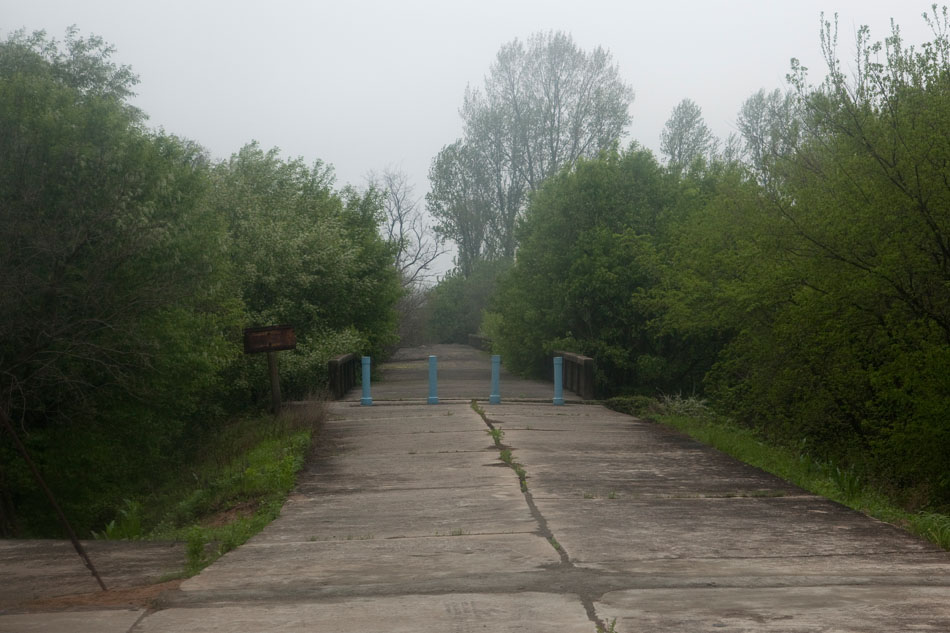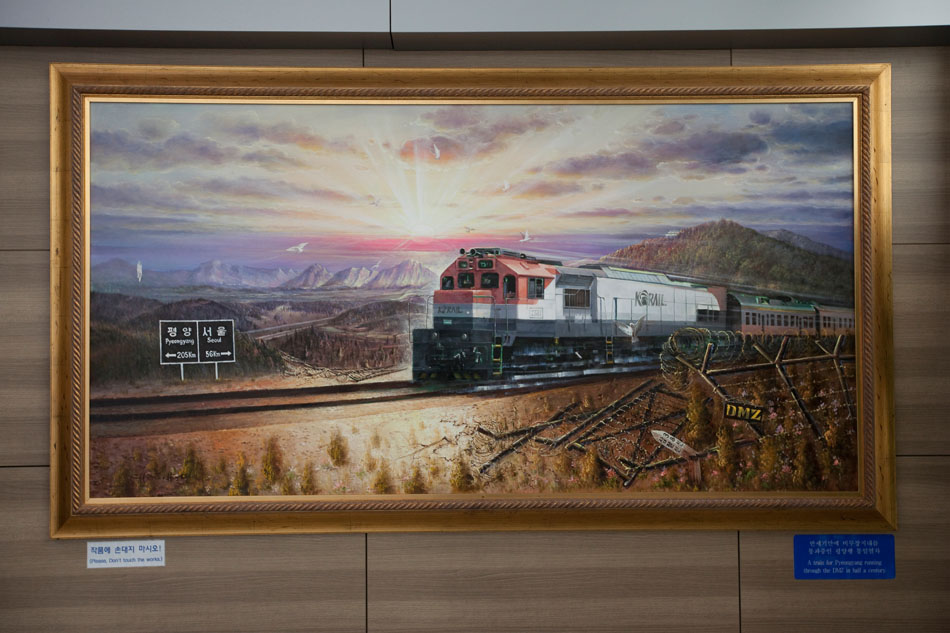Easily the most heavily guarded border in the world, the Korean Demilitarized Zone (DMZ) with the Military Demarcation Line at its center marks the last line of engagement between North and South Korea when an armistice agreement ended open fighting in 1953. Since then the DMZ remains an open sore on the Korean peninsula and a constant reminder of the tenuous relationship between the ethnically bound but politically split countries. Although numerous incidents have taken the lives of military personal in the DMZ over the years, South Korea now heavily promotes the DMZ as a tourist destination within easy reach of Seoul. Domestic and international sightseers spend the day in the Joint Security Area within plain sight of North Korean guards before hitting up gift shops, the DMZ Pavilion, unearthed North Korean incursion tunnels and other noteworthy sites. Tours then end in Dorasan Station, a modern but unused train station built near the DMZ as a gesture by South Korea to express their wish for peaceful reunification. Such hopes continue to be set back, however, as South Korea is now blaming North Korea for the sinking of a naval ship in March that took the lives of 46 South Korean sailors.
DMZ Tourism: North Korea and Hopes of Reunification
May 10, 2010
